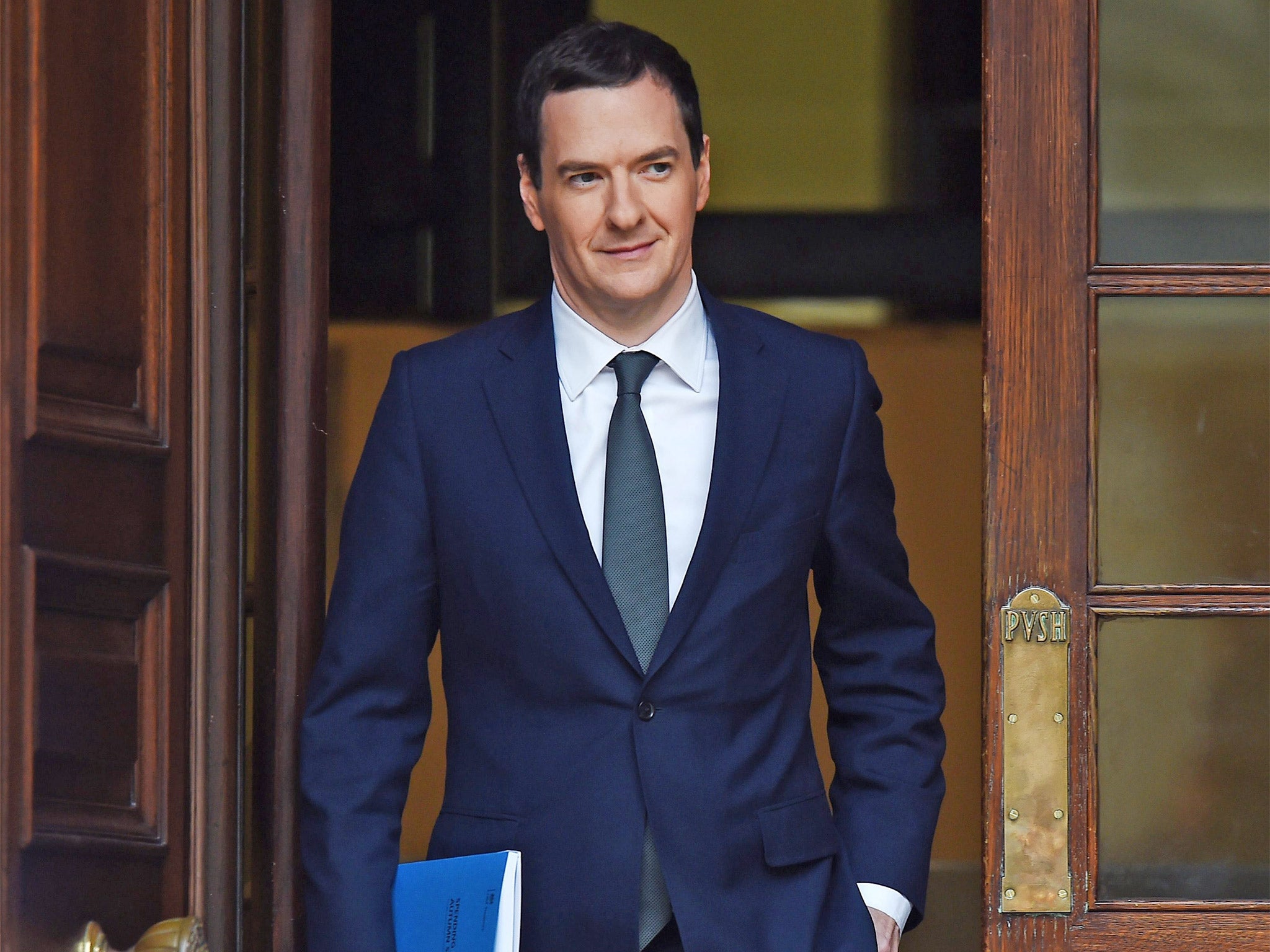Autumn Statement: Control your welfare cap, Mr Osborne
A five-year rolling cap could actually help constrain welfare spending. The current format does the opposite

George Osborne has chosen to breach his self-imposed welfare cap rather than make further drastic cuts to working age welfare. But though the worst of the cuts to tax credits have been avoided, £12bn cuts will still be made to working age welfare over the course of the parliament. Osborne’s announcements in yesterday’s Spending Review simply delay much of that pain, as well as calling into question the basis of the welfare cap.
The end game for government social security cuts has changed relatively little as a result of the Autumn Statement. It is still the case that around £4.7bn cuts will be made as Universal Credit (which replaces tax credits and rolls six benefits into one) is fully rolled out from 2017. Families will be unable to claim support from tax credits or Universal Credit for a third child. Deep cuts will be made to work allowances (the amount of earnings allowed before support starts to be taken away in UC) and to the family element. So Osborne is, in effect, back-loading cuts to the welfare budget and delaying the pain for the period ahead of 2019/20.
Osborne must now face a vote in parliament within 28 days and explain why the welfare cap should be raised. As the Chancellor goes through a charade he must never have expected to face himself, many will ask what the point is of a welfare cap if it can be exceeded within its first year.
The Government introduced the welfare cap at Budget 2014 to "support fiscal consolidation and improve Parliamentary accountability for welfare spending". So far it appears to have been used as a means to justify short-term and piecemeal cuts. But when more is being spent on housing benefit than building new homes, and no government appears able to reduce the numbers of those with a disability or health condition that cannot find work, welfare policies need to be geared to tackling the structural drivers of social security spending.
The real test of the cap must therefore be whether it can drive genuine, strategic reforms to welfare spending. The current framework, which requires the OBR to judge spending in relation to the cap on an annual basis, promotes the exact opposite of this. IPPR has argued for a rolling five-year cap that would give government more flexibility to tackle the structural drivers of higher spending, such as rising rents, inadequate childcare, low skills and worklessness among those with a disability or health condition.
Above all, over the course of this parliament, the Chancellor needs to show that the cap is more than a political gimmick. His enemies will relish the opportunity to wallow in his discomfort. He should use the opportunity to re-purpose the cap, improve its design and harness it to address the long term drivers of increases in welfare spending.
Clare McNeil is associate director for work and families at the IPPR






Join our commenting forum
Join thought-provoking conversations, follow other Independent readers and see their replies